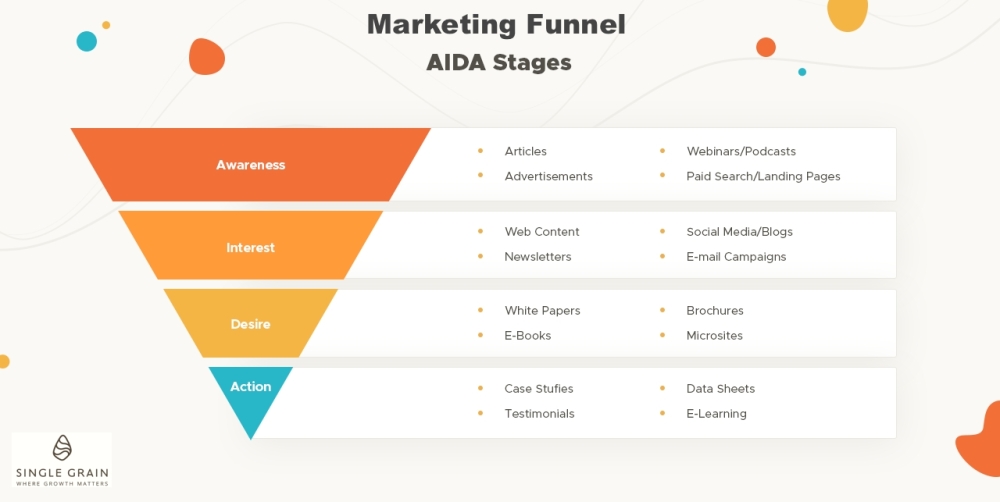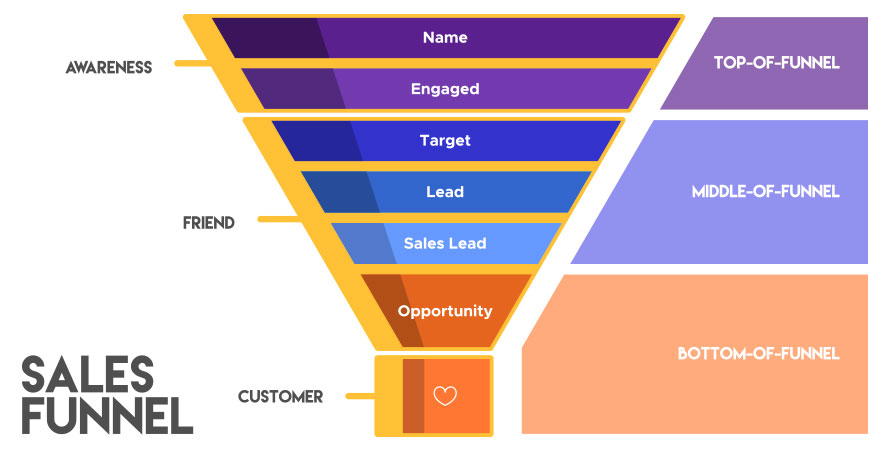Most of the successful entrepreneurs have repeatedly said in their interviews to create products/services of value for the customer. To relieve customer’s pain points should be the fundamental goal of any Business. Every other part of the organization should be designed such that it caters to their needs.
Firstly in order to fathom the depth of the customer’s needs, one has to do thorough research, analysis, and answer the questions that are most significant to the business model.
Create a Buyer Personae or Ideal Customer Profile (ICP) based on their needs, wants, and desires. Once you know the target buyer, know the target market. Ideally one has to do the Top-down or Bottom-Up analysis.
Simply put, the Positioning Statement answers:
- For Who?
- Who needs What?
- Our Category?
- Provides Key Benefits
- Unlike Key Competitors
- We provide Key Differentiators
The more we know about the buyer’s pain points, the easier it gets to form the message or product we offer to relieve it. What pain do they have that we address? How do they describe the pain and what are they looking for? Are they searching for a solution? What is their decision criteria? What are their reactions to your product? What competitors will they evaluate?
When you’re done with finding your target market, create the perfect fit according to the relative market. In order to sell to the buyer, keep yourself in the buyer’s shoes and go through the buyer’s journey from being aware of the product to finally purchasing it.

The stages are generally known as the AIDA model. The AIDA model is commonly used in digital marketing, sales strategies, and public relations campaigns. Awareness leads to Interest, which leads to Desire, and finally, Action.
What you’re doing in these steps is basically bringing the potential customer to convert to a lead then a purchase. The bigger your circle of influence, the greater people are aware of your product, and naturally more people are converted to Sales.

The stages are segregated for a reason, different people at different stages shouldn’t be mixed. People who are unaware must be made aware, Aware must be built a relationship with to build trust with the product/service, and finally, with proven value created for each other must the lead be converted.
Awareness Stage
• Create Problem & Pain awareness
• Discuss how people are solving
• Discuss benefits people are seeing
• Don’t mention your product
• Don’t sell yet!
Consideration Stage (Building Interest & Desire)
• Help in choosing a particular solution
• Explain how your Product can solve their pain
• Free Trial / Demo
• Customer stories
• Nurture with regular content (Newsletter)
Action to Purchase Stage
• Case studies
• Results achieved
• How you helped achieve them
• Other proof points
• Customer references
• ROI data
Post Purchase Stage
• Onboard, support and ensure customer
• Success measured by a customer KPI
• Measure customer delight
The more data you collect about your buyer, his pain points and how you create value by solving them will determine the success of your product/service.
If you’d like to study more on this, do read this blog by Medium:
How to Perfect the Customer-centric Sales Funnel
